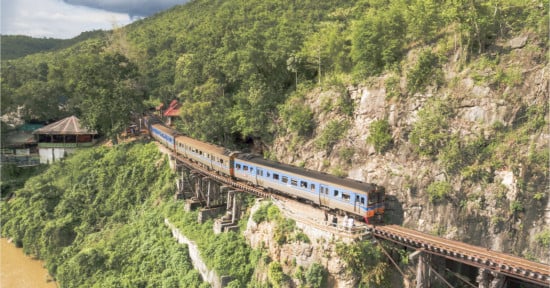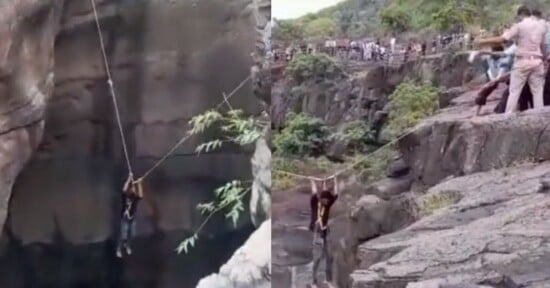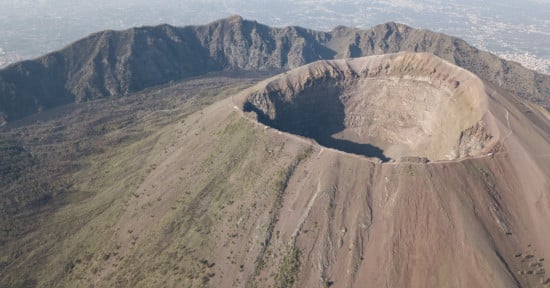How Much for a Selfie? The World’s Most Expensive Tourist Photos

From Mount Kilimanjaro to the Grand Canyon, these tourist landmarks are some of the most expensive places to take a photo or selfie abroad.
A recent study from Heepsy looked at fifty of the most popular tourist attractions to determine the ten most expensive places in the world to take a holiday photo.
The study looked at the total cost of entrance to the biggest tourist attractions as well as things like search volume and the number of visitors each site sees in a given year.
The team at Heepsy also looked at each attraction’s entry fees, opening hours, and rules on photography permitsto find out which are the expensive places to take a picture.
Burj Khalifa in Dubai ranks as the most expensive destination for tourist photography, with a top score of 100. At $108, the entry fee is the highest on the list. As the tallest skyscraper in the world, it draws 17 million visitors annually and generates 29.4 million online searches. Its high cost, combined with its global recognition and volume of interest, makes it the leading location for travel photography.
Mount Kilimanjaro in Tanzania follows in second place with a score of 97.3. Though the entrance fee is $70, additional permit costs and its remote location raise the total expense for visitors. Despite receiving only 50,000 visitors per year, it garners 5.5 million searches annually, reflecting its status as a bucket-list destination for adventure and landscape photographers.
The Eiffel Tower in Paris ranks third with a score of 94.6. With a relatively low entry cost of $39, it remains one of the more accessible photography sites. It attracts 7 million visitors a year and maintains consistent global interest.
Big Ben in London takes fourth place with a score of 91.9. The entry fee is $46, and the site attracts 5 million visitors and 23.9 million searches annually. Its iconic presence in both travel media and public imagery contributes to its high ranking, despite a slightly higher cost than other European landmarks.
The Galápagos Islands rank fifth with a score of 89.2. With a $200 entry fee—the highest on the list—it remains a premium location for photography. Annual search interest stands at 1.5 million, while only 329,000 people visit each year, underlining its exclusivity and appeal for wildlife and nature photographers.
Sagrada Familia in Barcelona is sixth with a score of 86.5. Entry costs $29, but its global appeal keeps it high on the list, with 4.7 million annual visitors and 17.2 million searches. Its distinctive architecture makes it a frequent subject of travel photography.
The Grand Canyon in Arizona ranks seventh with a score of 83.8. At $35, it is one of the more affordable options. Still, it draws 15.7 million visitors annually. Its natural scale and dramatic views continue to make it a key destination for landscape photographers.
Machu Picchu in Peru comes in eighth with a score of 81.1. Entry is $45, not including the additional cost and effort required to reach the site. It receives 1.6 million visitors annually and 14.9 million searches, highlighting its continued appeal despite accessibility challenges.
The Palace of Versailles in France is ninth, with a score of 78.4. Its $32 entry fee makes it one of the more affordable landmarks in Europe and the palatial building consistently attracts holiday photographers. It attracts 15 million visitors each year, though search volume is lower at 1.6 million.
Zhangjiajie National Forest Park in China completes the top ten with a score of 75.7 and is the only Asian landmark on the list. Its $30 entrance fee is among the lowest, and it attracts 15.9 million annual visitors. However, it receives only 305,000 searches per year. Despite strong in-person interest, limited global awareness online keeps its ranking lower, even though it remains a popular site for scenic landscape photography.
Image credits: Header photo licensed via Depositphotos.



